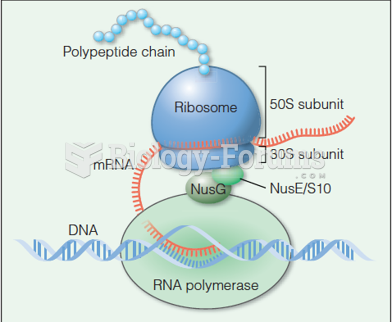I haven't studied much sociology, but your question seemed interesting enough to look up on. I just hope my answer doesn't suck!
This is what I got:
Symbolic interaction is a method of studying the reasons why people do things. Every interaction anyone has with anyone else is based on other interactions in the past (any other single person or group of people). These interactions work as a type of "power struggle" in which this communication creates symbols that influence the individuals in different ways.
Supposedly, anyone can notice these things happening as an observer of a separate group of people. The knowledgeable observer can then create his/her own assumptions; or symbols.
This type of power struggle can be seen in any argument between a couple, for example. Both the man and the woman attempt to create individual meaning through, although often irrational, argumentive points. What they are really doing is attempting to win the argument, or in a sense, warp reality to their personal benefit. The topic of argument, whatever it may be, is a version of reality in which the couple differs in opinion, but really desires to persuade the other.
Jeez. I guess that's how it works. On the surface, it's easy to understand, but once looked at in too much detail, it becomes confusing.
I suppose with the example of job loss, you have the person being fired and the person (or people) firing. The person obviously did something wrong, or at least against the principles (symbols) of the boss and/or company. The person fired may not have realized this, but still had a differing opinion or symbol, therefore lost his job.
Well, I hope that helped a little. Sorry if it didn't, I tried.







